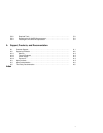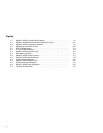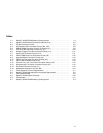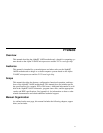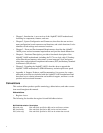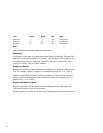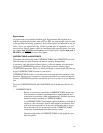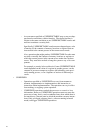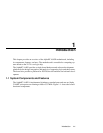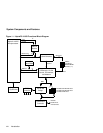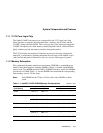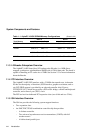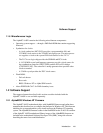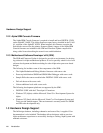
xiii
Signal Names
All signal names are printed in boldface type. Signal names that originate in an
industry-standard specification, such as PCI or IDE, are printed in the case as found
in the specification (usually uppercase). Active-high signals are indicated by the _h
suffix. Active-low signals have the _l suffix, a pound sign “#” appended, or a “not”
overscore bar. Signals with no suffix are considered high-asserted signals. For exam-
ple, signals data_h[127:0] and cia_int are active-high signals. Signals mem_ack_l,
FRAME#, and RESET
are active-low signals.
UNPREDICTABLE and UNDEFINED
Throughout this manual the terms UNPREDICTABLE and UNDEFINED are used.
Their meanings are quite different and must be carefully distinguished.
In particular, only privileged software (that is, software running in kernel mode)
can trigger UNDEFINED operations. Unprivileged software cannot trigger
UNDEFINED operations. However, either privileged or unprivileged software can
trigger UNPREDICTABLE results or occurrences.
UNPREDICTABLE results or occurrences do not disrupt the basic operation of the
processor. The processor continues to execute instructions in its normal manner. In
contrast, UNDEFINED operations can halt the processor or cause it to lose informa-
tion.
The terms UNPREDICTABLE and UNDEFINED can be further described as fol-
lows:
• UNPREDICTABLE
– Results or occurrences specified as UNPREDICTABLE might vary
from moment to moment, implementation to implementation, and
instruction to instruction within implementations. Software can never
depend on results specified as UNPREDICTABLE.
– An UNPREDICTABLE result might acquire an arbitrary value that is
subject to a few constraints. Such a result might be an arbitrary func-
tion of the input operands or of any state information that is accessi-
ble to the process in its current access mode. UNPREDICTABLE
results may be unchanged from their previous values.
Operations that produce UNPREDICTABLE results might also pro-
duce exceptions.



